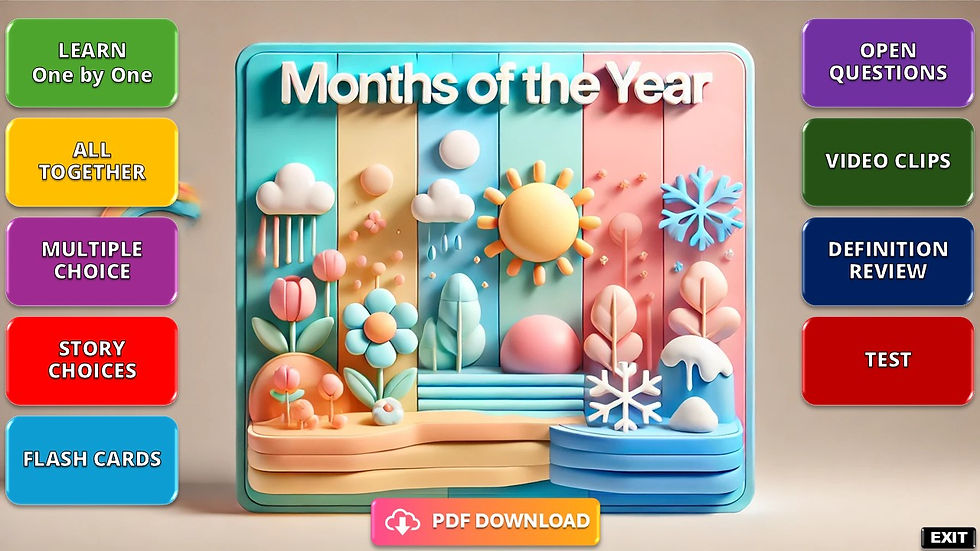Stop Confusing 'Bat' and 'Bet'! 3 NEW Minimal Pairs Activities Are Here! 🗣️
- Cool English

- 2 days ago
- 2 min read
Hey Cool English Teachers!
Following the huge success of our "ship vs. sheep" activity, we're thrilled to announce three new additions to our Minimal Pairs pronunciation series! If your students struggle with the subtle differences that can change "Can I have a pen?" into "Can I have a pan?", these new modules are exactly what you need.
We're targeting three more of the most common and challenging sound combinations for ESL learners.
Why These Sounds Matter
Confusing these sounds leads to classic (and sometimes funny) misunderstandings. Our new activities are here to help students hear and feel the difference.
🗣️ /æ/ vs /e/ (Short A vs. Short E): This is a huge one! It's the difference between asking for a pen or a pan, or saying you have a pet or a pat. These activities (shown in the images!) focus on pairs like bat/bet, man/men, and sad/said.
🗣️ /d/ vs /ð/ (Voiced D vs. Voiced TH): A notoriously difficult sound for many learners! This module helps students distinguish between day and they, or dirty and thirty. No more "I'll see they tomorrow!"
🗣️ /h/ vs /r/ (H vs. R): Does your student have a hat or a rat? This pair can be a real challenge for learners whose native languages don't differentiate these sounds, and this activity is designed to make the distinction clear.
Our 9-Part Complete Learning System
Just like our first module, each of these new sets is a complete learning system with 9 engaging parts to guide students from understanding to mastery.
Learning Zone (Understand the Sounds): Clear explanations of mouth position, tongue placement, and voicing for each sound, with audio and visual aids.
Which Word?: A simple, effective listening game. Students hear a word and must choose the correct image (e.g., a "bat" or a "bet").
Odd One Out: Sharpens listening skills by asking students to find the word with the different sound from a group of three.
Sentence Listening: Context is key! Students hear a full sentence and must choose the correct word that fits, like "The sink was full of ___ dishes" (dirty or thirty).
Open Questions (Discussion): Moves from listening to speaking. Students answer discussion questions using the target words (e.g., "Do you prefer using a pan or a pen?"), forcing them to practice correct pronunciation.
Video Clips: See the sounds in action! Students watch short clips from movies and TV, repeating the phrases to practice authentic, natural pronunciation.
Dictation Game: A fun, competitive team-based game where students listen to sentences and must write what they hear, reinforcing listening and spelling.
PDF Review Materials: Downloadable worksheets for homework, review, or in-class practice without a computer.
Auto-Correcting Test: A 10-question interactive quiz that gives students immediate feedback on their progress.
Get Started Now!
Ready to tackle these tricky sounds and boost your students' pronunciation confidence? All three new sets are live and ready to use in your classroom!
Which minimal pair do your students struggle with the most? Let us know in the comments!










Comments